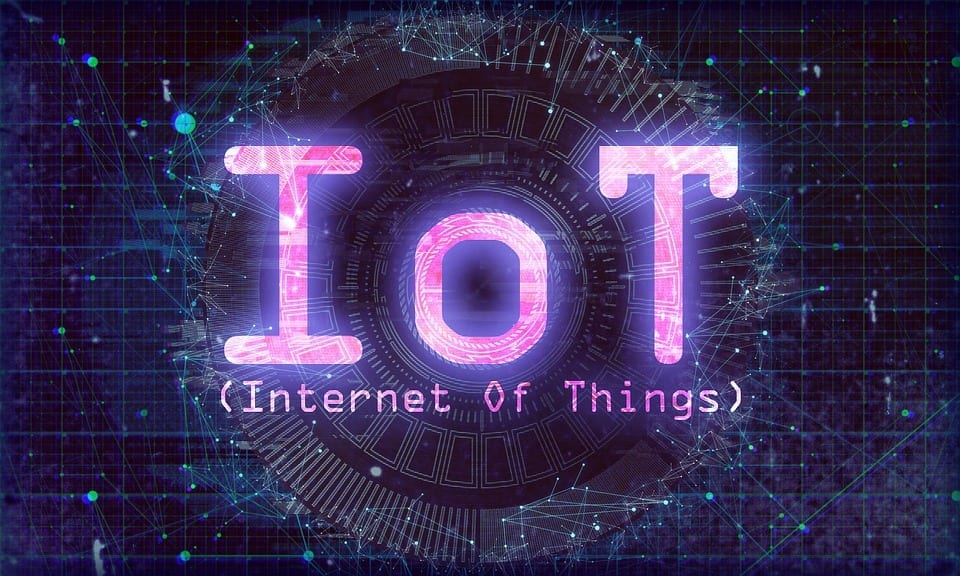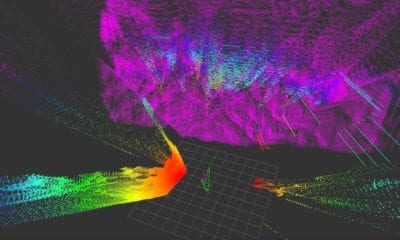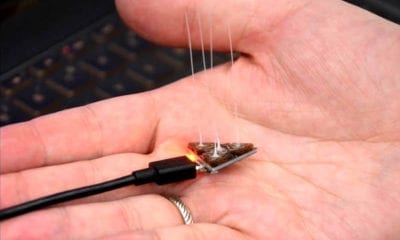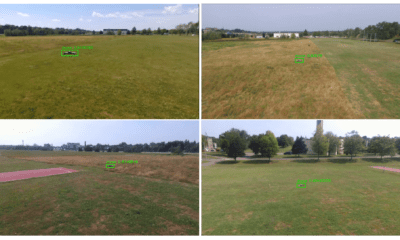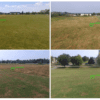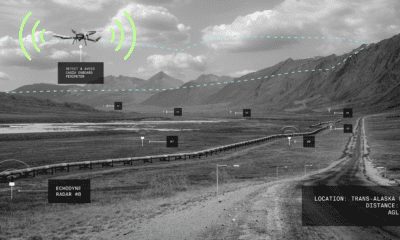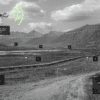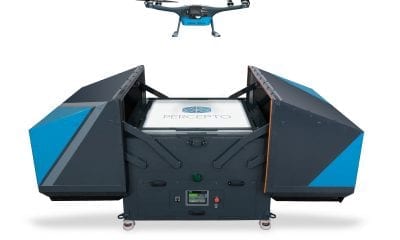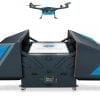Autonomous
Benefits of Positioning-Aided Communication in Industrial IoT
Systems of connected devices in Industrial Internet of Things (IIoT) settings are facing a greater need for high-frequency communication with quick and accurate position-localization and minimum latencies, to improve and sustain their performance. Research is being done to address these challenges and search for solutions.
The idea of the Internet of Things (IoT) is now being expanded to even greater applications, and one of these is the Industrial Internet of Things (IIoT), which systems and networks of large devices and machines that collect and exchange data at fast rates, while quite possibly, moving in different directions and paths simultaneously. The major applications of this includes the predictive maintenance of machines in factories, groups of flying drones, fleets of self-driving cars, and even inter-connected autonomous robots in factories. The field of IIoT is expected to grow in size and revenue significantly by 2022, and promises rewards for those that are taking the initiative to tap into it. Certain high-tech fields have to be merged and combined to make this possible, and research in this area is tackling these issues actively.
This research paper titled, “Benefits of Positioning-aided Communication Technology in High Frequency Industrial IoT“, has been published in the IEEE Communications Magazine. It was conducted by a group of researchers that belong to a number of institutions that include the Tampere University of Technology, Finland, with Elena Simona Lohan, Mike Koivisto, Olga Galinina, Sergey Andreev, Yevgeni Koucheryavy and Mikko Valkama belonging to the said university. Antti Tolli and Giuseppe Destino belong to the University of Oulu, Finland, and Mario Costa and Kari Leppanen are from Huawei Technologies Oy, Finland.
The authors of this paper have, generally, accomplished three things in this paper. Their work reviews the main research challenges and reveals open implementation gaps in Industrial IoT (IIoT) applications that rely on location awareness and multi-connectivity in super high and extremely high frequency bands. It further conducts a rigorous numerical investigation to confirm the potential of precise device localization in the emerging IIoT systems. They have focused on positioning-aided benefits made available to multi-connectivity IIoT device operation at 28 GHz, which notably improves data transfer rates, communication latency, and extent of control overhead.

The main challenges that they have identified are three-fold. The first revolves around the energy dissipation associated with a group of large devices, which necessitates the use of batteries or alternative sources of energy harnessing the environment. The second is related to the huge challenge of maintenance that becomes increasingly insurmountable as you increase the size of the fleet/group of connected devices, especially when each individual device is a complicated one itself. The last challenge they mention is that of reducing and managing computational loads from devices by making use of accurate and quick device localization.
The authors have also identified the key technologies that will be shaping the future of IIoT. These include the 5G communication technology that network service providers are now implementing since it has the capability of accommodating mmWave signals instead of merely cmWave signals (greater frequencies). It is necessary to design transceiver systems that can work with frequencies above 6 GHz. The second is the development of location-aware multi-connectivity for improved operation. It is crucial that such a large number of devices be able to connect with multiple devices simultaneously and without any interferences, and the advancement of this technology will bring huge dividends for the IIoT sector. The last technology identified concerns positioning-aided dynamic computation offloading. This means that a much more optimized decision-making system can be developed that works with accurate position measurements and thus can even out the computational loads on all the devices.
The future of industrial applications is shaped by intelligent moving IoT devices, such as flying drones, advanced factory robots, and connected vehicles, which may operate (semi-)autonomously. In these challenging scenarios, dynamic radio connectivity at high frequencies – augmented with timely positioning-related information – becomes instrumental to improve communication performance and facilitate efficient computation offloading.
The authors have conducted a rigorous numerical simulation to evaluate the performance of the identified technologies. They have used a two-phase criteria. The first phase involves the estimation of positioning quality for advanced IIoT devices, which are tracked with cmWave-based techniques that employ a positioning algorithm form. The second phase deals with a system-level performance evaluation based on appropriate PHY abstraction and MAC representation from mmWave-based IIoT communication.
Citation: Benefits of Positioning-Aided Communication Technology in High-Frequency Industrial IoT, Mike Koivisto, Olga Galinina, Sergey Andreev, Antti Tölli, Giuseppe Destino, Mário Costa, Kari Leppänen, Yevgeni Koucheryavy, Mikko Valkama, arXiv:1809.03583 | https://arxiv.org/abs/1809.03583

